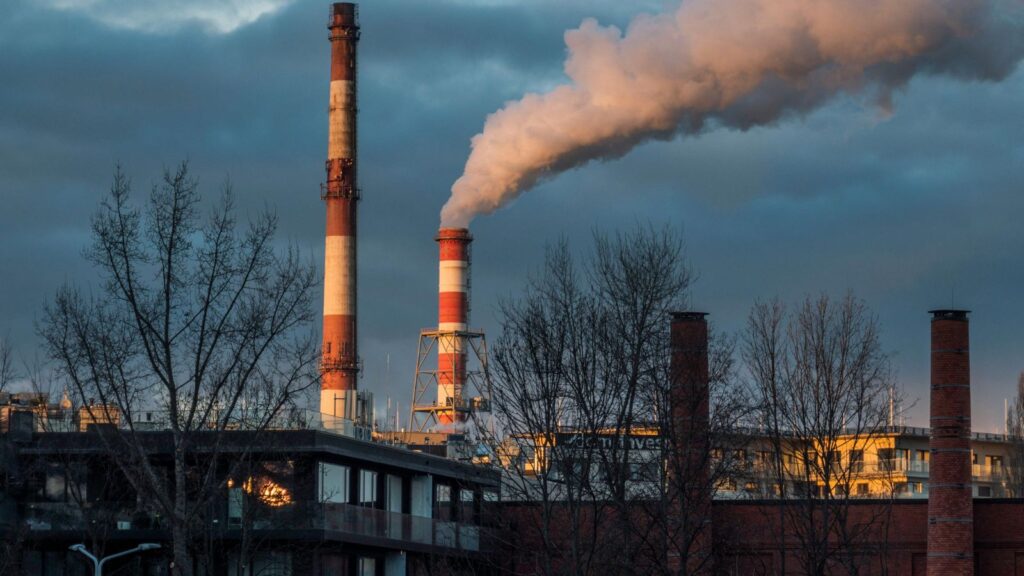Statement from Keith Brooks, Programs Director
Toronto | Traditional territories of the Mississaugas of the Credit, the Anishinaabeg, the Haudenosaunee, and the Huron-Wendat – New data released today by the Government of Canada shows that Canada is finally starting to bend the curve when it comes to climate pollution. GHG emissions in 2022 were the lowest they have been in 25 years, with the exception of the pandemic years. However, more action is needed to get the country on track to avoid catastrophic and irreversible climate damages. Critically, Canada must quickly reduce its dependence on fossil fuels, given that producing and burning oil and gas accounts for over 80 per cent of Canada’s total emissions.
The electricity sector is the main driver of emissions reduction, thanks to the coal phase out. Canada’s oil and gas industry, the country’s most polluting industry, is failing to do its part. Any achievements made in reducing the industry’s methane emissions were wiped out by an increase in oil and gas production. The oil and gas industry has been unwilling to reduce its emissions voluntarily, instead banking on ineffective technology like carbon capture and storage (CCS). Since 2000, CCS projects have permanently stored only 7MT of carbon. To put that into perspective, that’s around 0.0004 per cent of Canada’s emissions since 2000. The Government of Canada has been working on regulations to cap and cut the industry’s pollution for years. We cannot afford any more delays: It’s clear that a strong oil and gas emissions cap is urgently needed to force the industry to reduce its pollution.
As transport emissions continue to rise, now is not the time for Canada to turn its back on public transit. The significant growth of transport emissions come from an uneven pandemic recovery: car traffic continues to rise, while public transit ridership is still down. It was particularly disheartening that at a moment when transport emissions are rising so rapidly, the 2024 federal budget stripped half a billion dollars from existing public transit investment programs, while continuing to delay the Permanent Public Transit Fund until after the next federal election.
Contrary to the Alberta government’s repeated assertions, the province does not lead the country in reducing greenhouse gas emissions, but in fact leads the country in producing dangerous carbon emissions. Alberta continues to generate more greenhouse gas pollution than any other province in the country, accounting for nearly 40 per cent of Canada’s emissions.
The majority of the emissions increase from 2021 can be attributed to Ontario. Total GHG emissions for Canada have increased by 10 megatonnes since 2021, with 6Mt coming from Ontario alone. Ontario’s usage of natural gas was also singled out in the inventory. The province is driving up electricity sector emissions due to an increased reliance on natural gas and actively working to expand the natural gas network to new homes and communities.
By the time Canada’s national greenhouse gas emissions inventory report is published each spring, the data is already 16 months out of date. The Government of Canada must provide more timely and public-friendly data in order to improve policy and decision-making.
ABOUT ENVIRONMENTAL DEFENCE (environmentaldefence.ca): Environmental Defence is a leading Canadian environmental advocacy organization that works with government, industry and individuals to defend clean water, a safe climate and healthy communities.
– 30 –
For more information or to request an interview, please contact:
Alex Ross, Environmental Defence, media@environmentaldefence.ca







